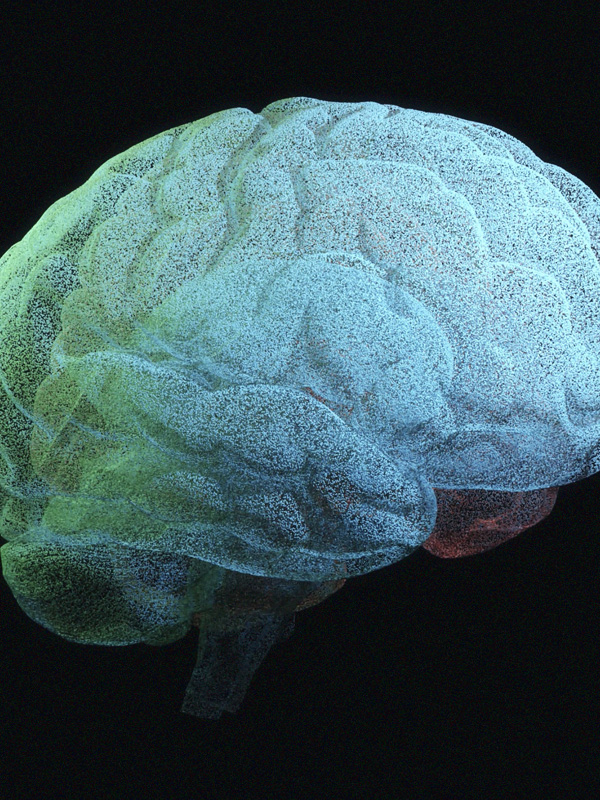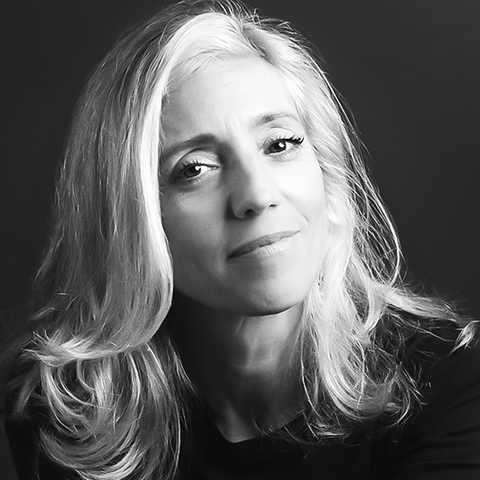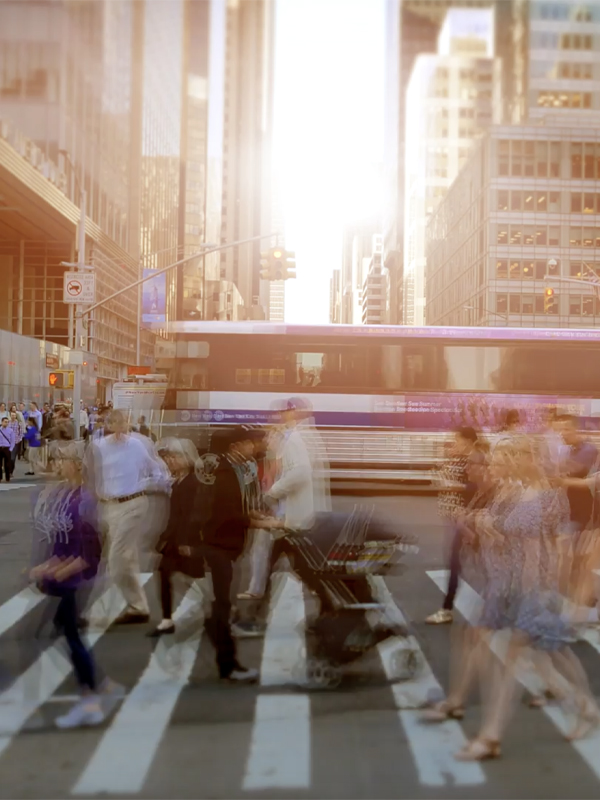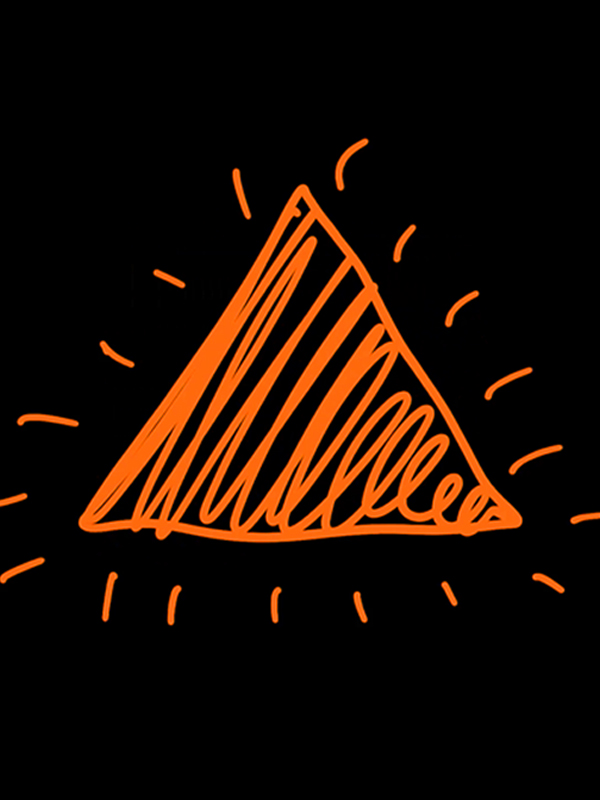The rapid acceleration of AI technology in recent months has sent companies like Microsoft and Google into something of a space race. After ChatGPT shot into the spotlight for its human-like writing abilities, Microsoft invested $10 billion into the chatbot’s creator, OpenAI. Shortly after, Google announced its own AI called Bard. Despite some early stumbles, it’s widely believed that AI tools will transform the world of work, particularly in creative fields.
Though many worry that AI will displace people and disrupt human creativity, we see things differently. At Aquent Studios, we strongly believe that AI technology won’t replace the work of creatives. Instead, it will enhance human talent and empower people to be more creative, agile, and efficient. Read on for more on how we’ve embraced generative AI and our take on its potential.
How can AI help designers and content creators?
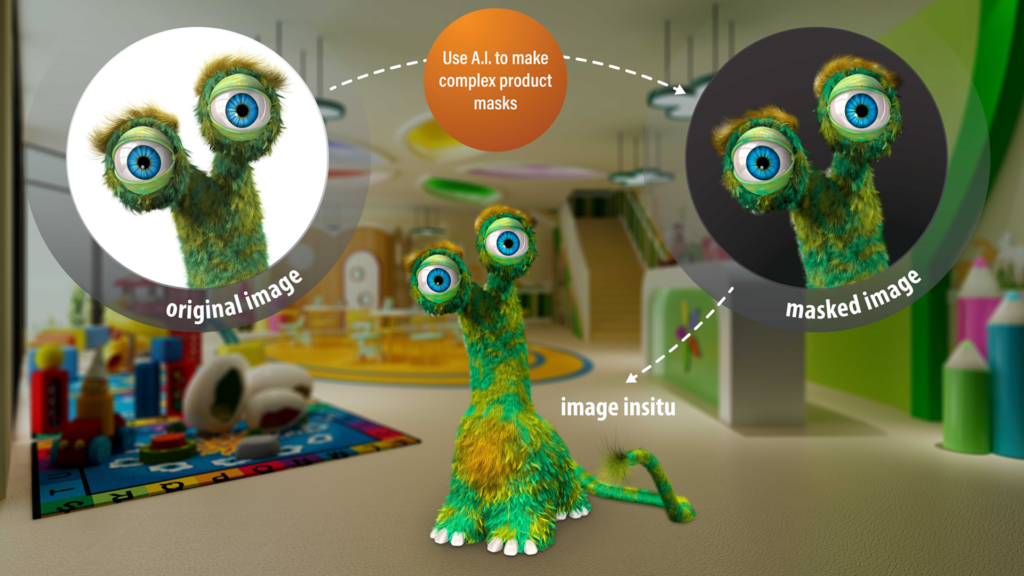
Enhance their quality of work
AI is helping professionals gain valuable insights into customer preferences and behaviors to enable more informed decisions while creating visuals, ads, and other marketing materials. AI tools can also automate repetitive tasks like design iterations plus streamline ideation so that creatives can produce higher-quality results in less time, with less manual effort. This productivity boost would allow teams to handle a larger volume of work with comparable or even decreased effort, all while truncating timelines for projects. By leveraging AI’s power, creatives can focus on higher-level, more strategic work.
Optimize design processes
AI-powered tools such as image recognition and natural language processing (NLP) allow for much more efficient design processes. By recognizing the content of an image or visual, AI can identify and assist in adjusting specific areas of an image with less effort. It can identify the mood of a scene, areas of a face, and the season when a photo was taken. NLP also allows designers to quickly generate content from scratch by analyzing existing data and providing ideas based on the results.
Develop new creative concepts
Conceptual work is an immense strength of AI as well, creating impressive images from both simple and complex text commands, though it has its limitations. The context of generative AI can pose constraints on creative outputs. And companies are rightly concerned about maintaining brand integrity and visual identity—which are essential to success. If generative AI creative could properly apply visual branding, color palettes, and typography, it could also help drive conceptual development or inspire layouts with greater accuracy.
Conceptual work is an immense strength of AI … though it has its limitations.
Supercharge their writing
Since ChatGPT first hit the headlines, we’ve seen how generative AI can be used for writing, and there are a number of sophisticated AI writing tools out there ready to use. These interesting applications can help boost speed and rework content, but a human writer needs to guide this new technology every step of the way.
The different AI writing platforms very quickly offer copy that can be built upon and can be used as a brainstorming tool. However, it is not quite that simple. Even though freeform chatbots can digest complex input, they still require briefings, feedback rounds, and editing, which can take a lot of time. Developing prompting skills and learning how best to work with AI will be a valuable asset in creating better output more efficiently.
Where does AI fit in the creative process?
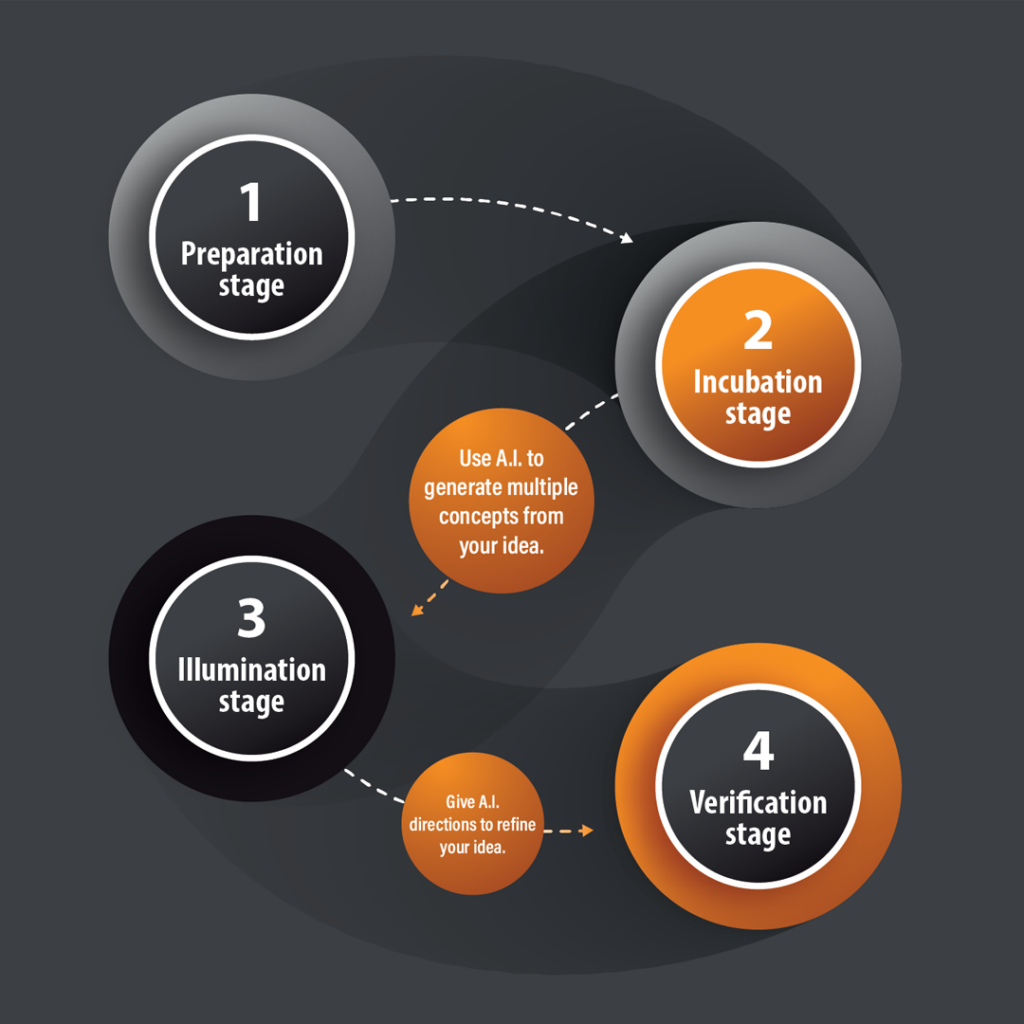
Over the past several months, Aquent Studios has experimented with several AI tools for a range of applications and use cases. Through this work, our team has developed a new creative process that implements AI seamlessly. Here’s what this process looks like:
- Preparation: Gather information and materials to help you explore all approaches when forming your idea.
- Incubation: Step away from your work. During this time, you're processing the idea at the back of your mind. Use AI to generate multiple concepts from your idea.
- Illumination: Your thoughts and plans turn into a solution, often in a eureka moment. Your idea takes shape. Give AI directions to refine your idea.
- Verification: Finalize your creation, using your idea as the framework.
In this model, AI technology enters at two key stages of the creative process. At the incubation stage, AI tools can provide an additional brainstorming resource, conjuring up multiple concepts to explore. Then, after the illumination stage, AI can be deployed in almost the opposite way—assisting you in distilling the idea into its final execution. This is just one possible approach. There are sure to be countless other successful methods as experimentation and expertise continue to develop and mature in this area.
What does the future hold for generative AI?
There’s no telling how quickly AI models will evolve and how much better their outputs will become. This is especially the case as industry titans like Google make AI a focus while newer companies energetically battle to innovate alongside them. Given more flexible tools, larger datasets of training materials, and continuing development of better AI models, these applications will play an even greater role in creative work in the years to come.
AI enhances the creative process—it doesn't replace it.
Nonetheless, creatives still matter. We have a deep understanding of our specialties. We have an intimate understanding of our company’s or client’s brand. And we bring empathy, judgment, and lived experience that’s part and parcel with being human. Generative AI does not have these capabilities. But pair AI technology with an expert creative mind, and you’ve got a powerful partnership. Better, faster results await.
This blog talks about generative AI tools and their potential applications. As these technologies rapidly evolve, we encourage you to research the latest developments in terms of their capabilities, safety and security, and ethical use. For more information on the responsible use of generative AI, download our whitepaper, “Using Generative AI for Design: Legal Considerations and Best Practices.
